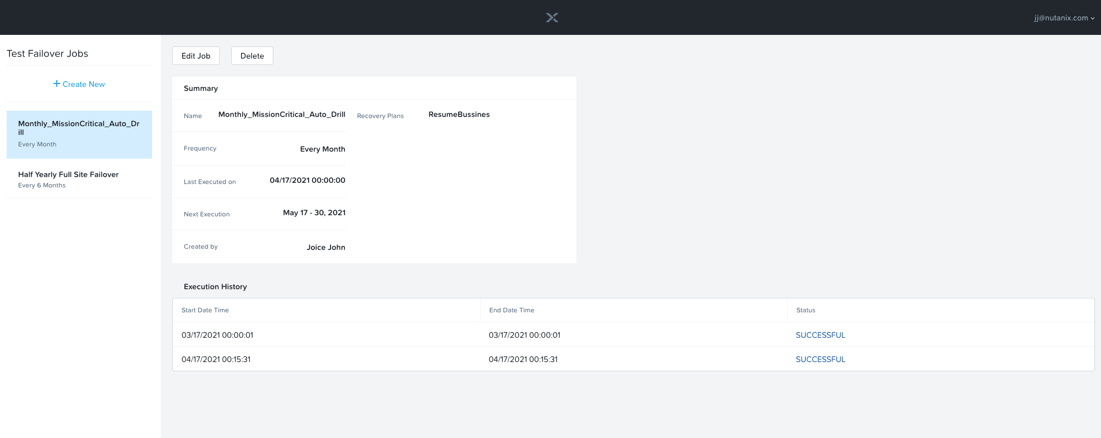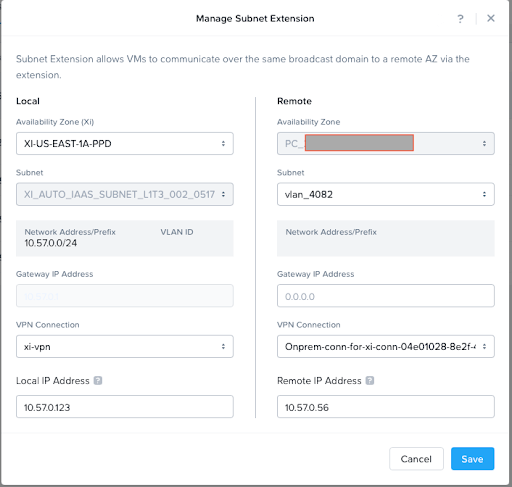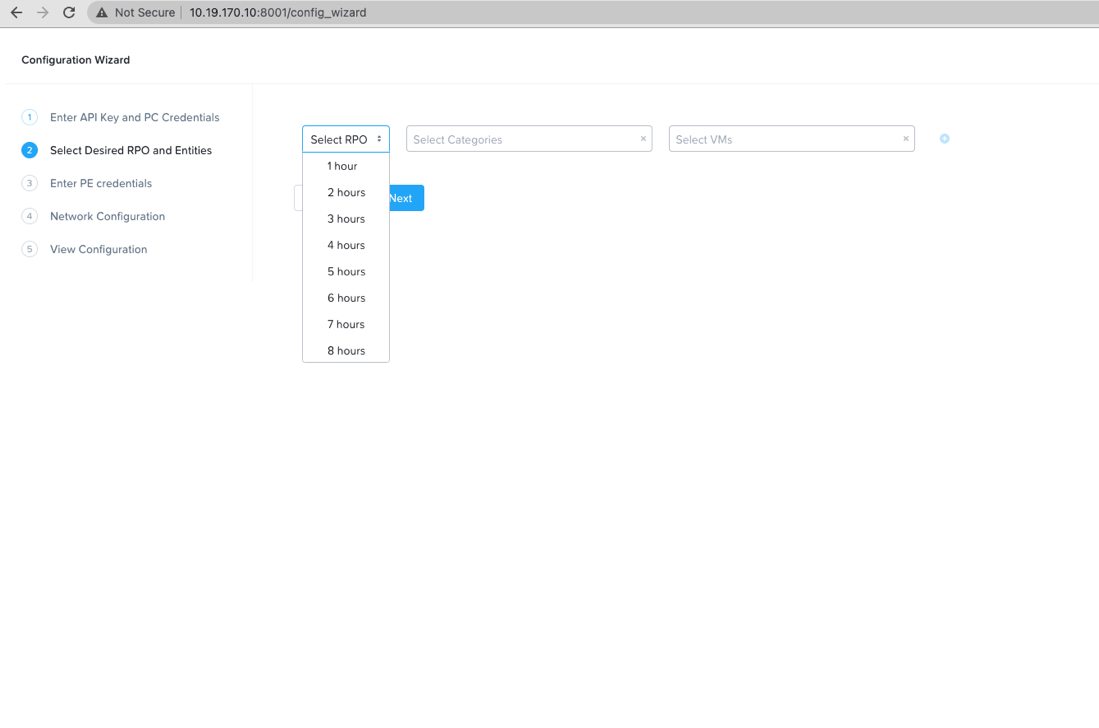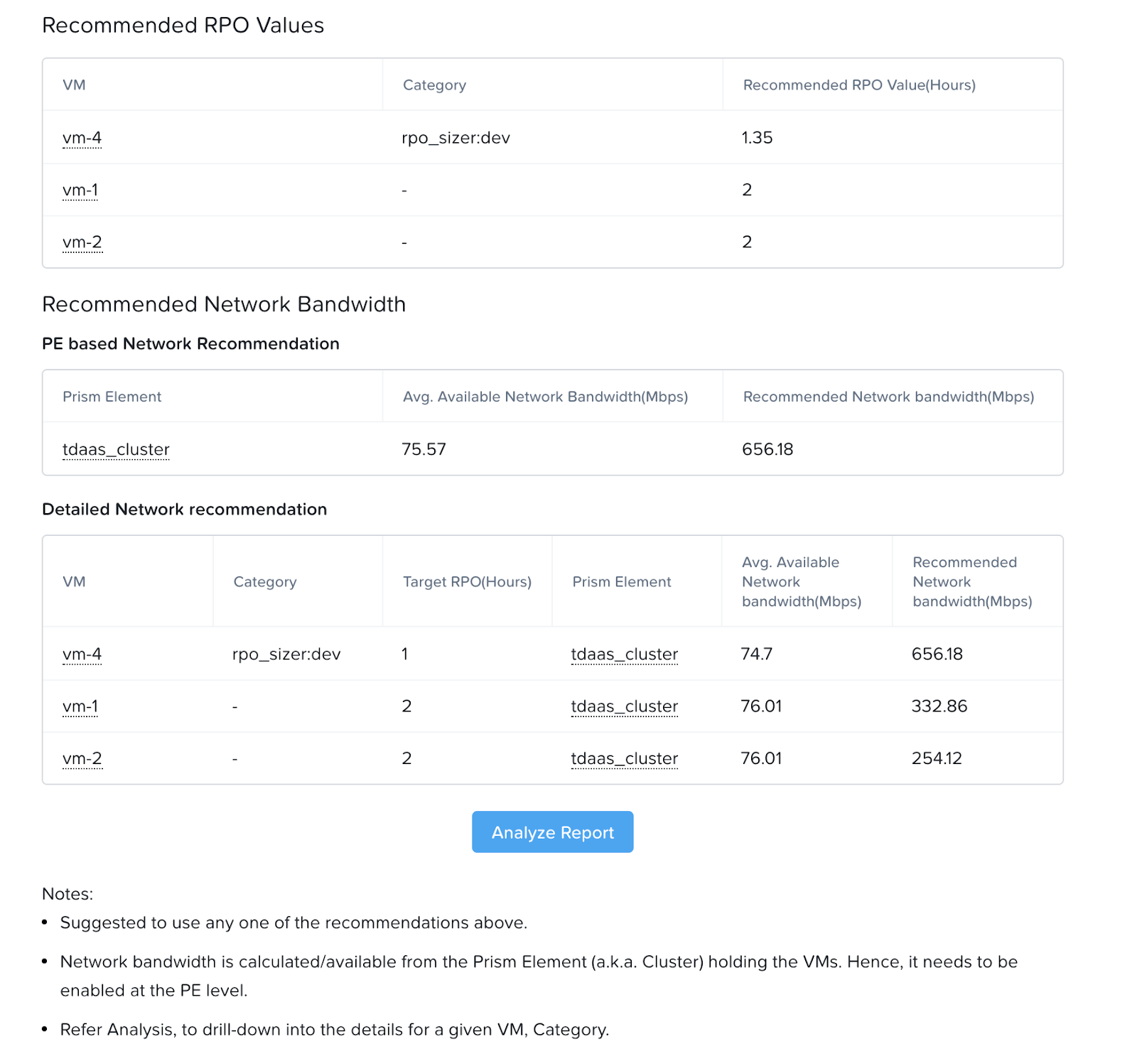Xi Leap is a natively integrated DR Service that serves as a seamless extension to the onprem infrastructure – thus providing a true hybrid cloud experience. Customers can configure Protection Policies and Recovery Plans to protect and recover applications in case of a disaster OnPremises to the Cloud. True to Nutanix’s design principle of simplicity, a lot of complexity associated with traditional DR – Multi Vendor Point Solutions, different panes of glass for administering infrastructure and DR, Application Re-Ip post failover, lack of SLA’s etc – has been done away once a customer moves to Xi Leap.

By the summer of 2020, Xi Leap had already proven itself a winner – read the Turbocharged Xi Leap 2.0 blog to find out why. Things haven’t slowed down in the least since then. In fact, Xi Leap continues to be one of our hottest selling products outside of core Nutanix HCI software. Why? Well, for starters, the product has continued to deliver best-in-class DRaaS services with industry-leading SLAs for a fraction of the cost it would take a customer to build out and maintain a secondary datacenter for disaster recovery (DR).
Here are a few of the ways that Xi Leap DRaaS will continue to wow its customers in 2021:
- Automated Testing*: 1-click testing becomes zero-click testing
- Layer 2 Stretching: support for partial subnet failover with IP address preservation
- RPO Sizer: a tool to determine the achievable RPO for customers, based on change rate and network connection data
What? That’s Right, No-Click DR Testing!
Testing a disaster recovery (DR) solution is hard; so much so that many businesses admit rarely, if ever, testing it; and if they do, it’s rudimentary with limited levels of confidence built into the results (a recent poll of 355 respondents revealed that only 25% were satisfied with their ability to perform regular DR testing). Nutanix has heard the cry of our customers and has made DR testing a breeze! As if it wasn’t easy enough with our previous 1-click failover testing capabilities, Xi Leap has taken all of the labor out of the way for its customers.
Why is frequent DR testing important?
How would you like to have an accident only to discover that your insurance doesn’t cover your medical expenses? Ugh. Frequent DR testing helps unearth issues before a failure occurs for real. For example, wouldn’t it be nice to be able to test user- and application-level connectivity before a disaster strikes? Wouldn’t you sleep better at night knowing that the benchmarks your auditors refer to (e.g., recovery point objective (RPO) and recovery time objective (RTO)) are achievable?
Change is the only constant in the world.
Primary datacenter production environments are no exception to this rule – changes occur as you add more virtual machines (VMs), tweak existing VMs with additional RAM, NICs, RPO thresholds, etc. Your environment may change so gradually that you aren’t even aware of how far it has drifted from its original state. Depending on the rate of change, you may need to adjust your frequency of testing so that over time these seemingly innocuous changes don’t affect your DR posture. However, with each tightening of the belt, so to speak, the load on IT staff increases.
Thankfully, Nutanix has made your life even easier by providing you with the ability to configure automated “no-click” DR testing. Xi Leap now has a scheduler that is configurable to meet business needs. The primary configuration consists of a one-time specification of Recovery Plan test execution. Once configured, the system takes care of the rest. Voila! You just sit back and enjoy the detailed reports provided after each test is run.

Figure 1: Xi Leap Automatic Test Failover Screen Shot Showing Monthly Test Failovers
Automated DR testing just made life a lot easier!
Need to Failover Only Part of Subnet? Sure, No Problem.
Some disasters affect a subset of your applications, implying the need to instantiate a failover for just the affected applications to your DR target. In many cases, the affected VMs reside on the same subnet as the unaffected ones (which will remain functioning in the primary datacenter).
Xi Leap now supports layer 2 stretching between your primary data center and the Nutanix cloud, your DR target. Using the included Nutanix VPN service, you are now able to perform and test partial subnet failovers with IP address preservation. Prior to this feature, Xi Leap customers were only able to failover entire subnets, which, frankly, wasn’t ideal. By extending the primary datacenter layer 2 network to the Nutanix Cloud, failed-over VMs in Xi Leap are able to communicate over the same broadcast domain, obviating the need to re-architect the network in the event of a partial subnet failover. This solution allows you to retain your IP and MAC addresses, which simplifies DR failover if your application licensing is tied to MAC addresses.
Keeping it simple.
IT practitioners are smart, creative, and resourceful; however, as the old saying goes, “necessity is the mother of invention,” these folks would rather spend their time innovating in ways that directly impact mainstream business practices. DR is often seen as lackluster and irritating. Proper DR planning sometimes means backwards engineering fundamental architectures in anticipation of failover. For example, not everyone wishes to use network segmentation to separate their applications or management domains, instead preferring a flat network. Furthermore, some networks have physical devices (e.g., printers, domain controllers) on the same network that need to be accessible to all clients even after a DR failover occurs. With layer 2 stretching, these issues are mitigated, and you have freedom to architect your environment in a way that makes sense to you.

Figure 2: Extending a Network

Figure 3: Managing Subnet Extension
Helping You Size Your DR Solution (RPO Sizer Tool)
It’s one thing to proclaim a need for RPO; but it’s another to meet that goal. The severity of DR and the Cost of Downtime precludes you from guesswork.
RPO depends on a lot of factors, such as type of workload, daily change rate, number of VMs, size of the disks, number of disks, etc. If we factor in replication to the Cloud, additional variables come into play, such as network bandwidth, network quality (e.g., packet loss, jitter). Given the myriad variables affecting RPO, it’s difficult to truly validate whether or not the desired outcome. Success requires a very intimate knowledge of the workload and the environment to input the right values – back of napkin calculations can easily leave you exposed.
Introducing the Nutanix Xi Leap RPO Sizer Tool
Nutanix has taken all the guesswork out of the picture for you. The tool automatically calculates the actual change rate of your workloads and measures the actual network bandwidth/quality between your on-premises site and the Nutanix Cloud. With this data, the tool ascertains if your desired RPO can be met or not. If the desired RPO cannot be met, you will be presented with two options: the tool will recommend a viable RPO metric based on the nature of your particular environment; or it will recommend the amount of increased network bandwidth required to support the desired RPO.
Getting started today
Start by downloading the RPO Sizer Tool (have your MyNutanix credentials ready) to your on-premises Nutanix Prism Central™ (PC) management platform. Simple instructions will walk you through the setup. Once the tool is installed and running, you configure your desired RPO against those VMs you’re targeting for analysis. Once this is done, you are ready to run the test.

Figure 4: Selecting RPO in the Sizer Tool
Gathering results from the RPO Sizer
Nutanix recommends you run the test for three times the desired RPO (e.g., if the desired RPO is one hour, run the test for at least three hours). During this time, the RPO Sizer Tool will automatically take snapshots of your target VMs in your primary datacenter, measure the delta between these snapshots, and determine the network bandwidth using standard Iperf network performance tools. Once the test is done, it will upload the results to the RPO Sizer Tool URL and you can view the results and the recommendations the tool has prepared for you.

Figure 5: RPO Sizer Tool Report and Recommendations
It’s True. Xi Leap Just Got Simpler.
Xi Leap is here to stay. It’s no longer the new kid on the block; rather, it’s already established itself as a solution that can and will continue to stand the test of time. It’s a simpler, more affordable true cloud DR service that any Nutanix customer has the option to subscribe to and be up and protected in less than a day. Whether it’s as a primary DR failover target, or part of a larger tiered DR solution, as some enterprise customers have deployed it, the Nutanix DRaaS solution makes life easy with no-click automatic failover testing, layer 2 stretching, and a new RPO sizing tool that makes life so much easier.
* Automatic Test Failover is in private preview – please see your local Nutanix representative for details.
SOURCE: NUTANIX – https://www.nutanix.com/blog/nutanix-xi-leap-draas-standing-the-test-of-time